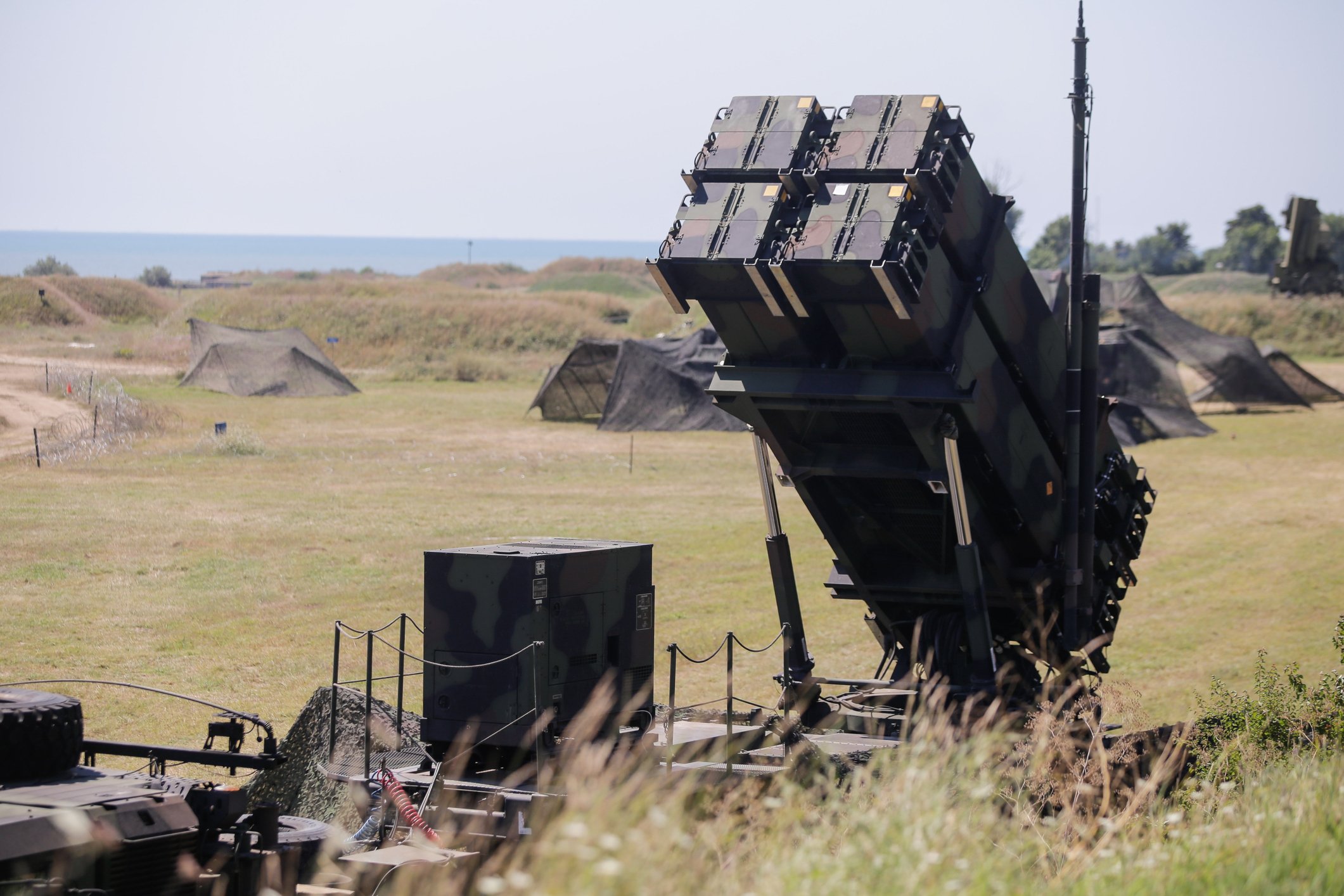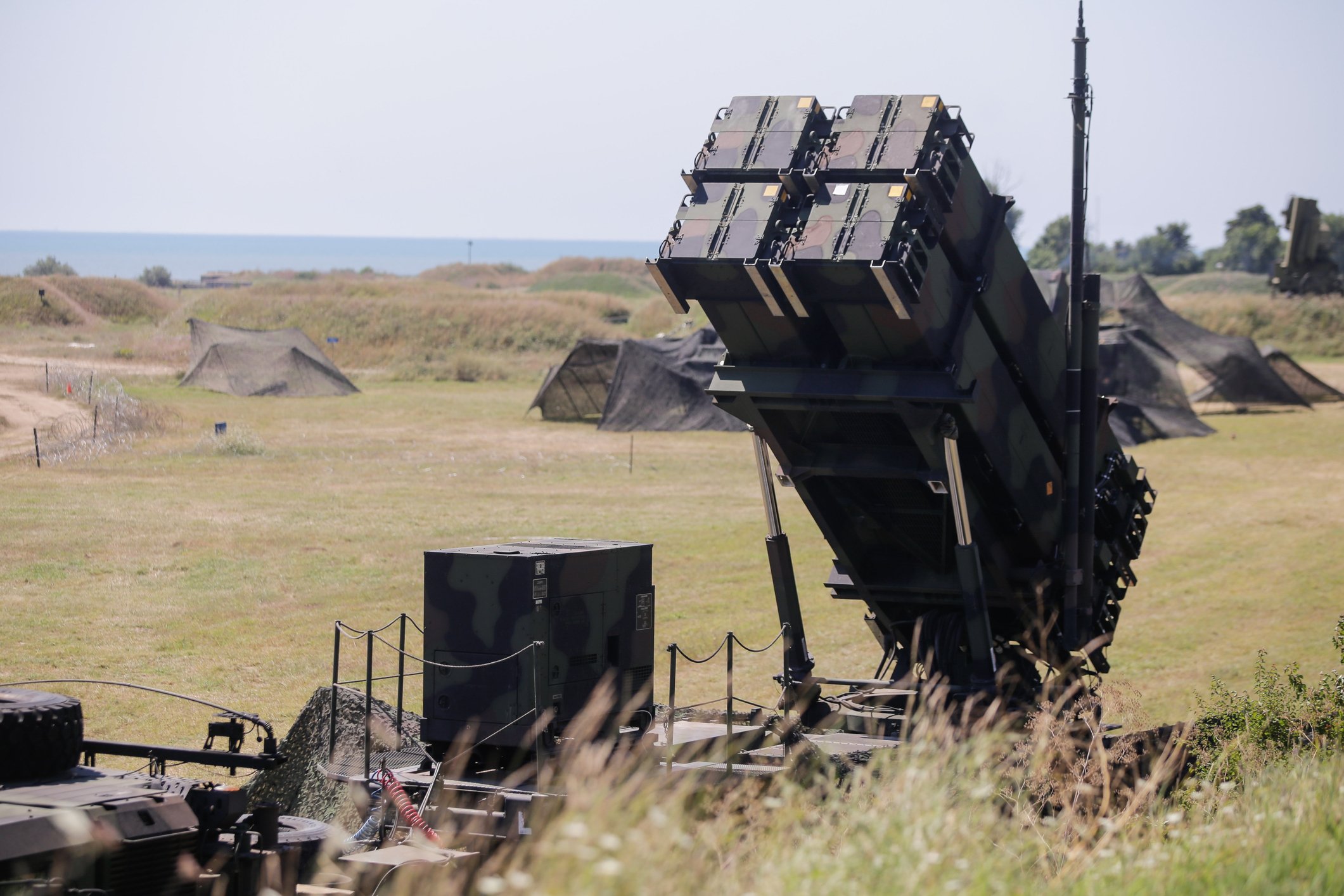Wall Street was expecting big things from Lockheed Martin's (LMT +0.91%) first quarter, and the company more than delivered. Lockheed reported earnings of $5.99 per share, easily beating the $4.32 consensus estimate and well above the $4.02 per share it earned a year prior.
The company also reported a massive backlog and stronger-than-expected operating margins, and raised its outlook for the full year. Investors were pleased, sending Lockheed Martin shares up 5.6% on April 23 following the earnings release.

Lockheed Martin's F-35 and F-22 flying together. Image source: Lockheed Martin.
Lockheed Martin execs say the best is still to come, but the stock is now up more than 27% year to date. Here's a look at the quarter, and the company's outlook for the rest of 2019 and beyond, to see if there is still time for investors to climb aboard.
Firing on all cylinders
Lockheed Martin saw strength throughout all of its businesses, with missile revenue up 40%, aeronautics up 27%, and mission systems and space each growing more than 10%. The companywide operating margin for the quarter was 15.9%, well above the 14% estimate, allowing Lockheed to generate more than $1.38 billion in free cash flow during the quarter.
|
(in millions) |
1Q19 Sales |
1Q18 Sales |
1Q19 Profit |
1Q18 Profit |
|---|---|---|---|---|
|
Aeronautics |
$5,584 |
$4,398 |
$585 |
$474 |
|
Missiles |
$2,350 |
$1,677 |
$417 |
$261 |
|
Rotary and mission systems |
$3,762 |
$3,223 |
$379 |
$311 |
|
Space |
$2,640 |
$2,337 |
$334 |
$264 |
Source: Lockheed Martin earnings report.
The quarter was likely helped by a sharp year-over-year increase in Department of Defense outlays during the first three months of 2019, but Lockheed Martin forecast optimism for the full year as well. The company said it expects to earn $20.05 to $20.35 per share in all of 2019 on revenue of between $56.75 billion and $58.25 billion, higher than the company's prior forecast and ahead of the current consensus for $19.58 per share in earnings on sales of $56.81 billion.
The strength of Lockheed Martin's portfolio, which includes the F-35 Joint Strike Fighter, the Aegis missile system, Sikorsky helicopters, and a bevy of rockets, missiles, and ancillary products, is well known. If there was a surprise in these results, it is the timing of the outperformance. Going into earnings there were fears that a range of political and geopolitical risks could put a damper on 2019, but those fears, at least in the opening months of the year, were apparently overblown.
Better from here
As good as the first quarter was, the raised guidance for the full year could still end up looking conservative. Lockheed Martin finished the quarter with a record backlog of more than $130 billion in orders. The company's book-to-bill is 1.2, including 2.7x for space and nearly 2.0x for missiles.
Those numbers could grow larger still. In the weeks since the quarter ended, Lockheed Martin has either formalized or acknowledged more than $10 billion worth of additional orders. The company in March received an initial $945.9 million down payment for a Terminal High Altitude Area Defense (THAAD) missile defense system headed to Saudi Arabia, which was followed by an additional $2.5 billion on April 1, just after the quarter ended. Lockheed has also added major space and aviation orders in April.

Lockheed Martin's THAAD anti-missile system. Image source: Lockheed Martin.
Lockheed Martin is the industry leader in hypersonics, missiles that can travel more than five times the speed of sound, which is an area that seems poised for growth in the years to come. CEO Marillyn A. Hewson, on a call with investors following earnings, cited hypersonics as an example of the company "aligning with the priorities of our customers," opening up opportunities.
We've been investing in hypersonics for many, many years, and as a result of that I think that's why we're leading in this front end of being able to bring capability forward. In terms of how the market is developing and it's basically threat-driven. If you look at what was in the National Defense Strategy, what's in the initial defense review, what you're seeing are near peer competition with China and Russia; I mean it's clearly a growing need for us to be able to not only address hypersonics, but counter hypersonics as well.
As the F-35 matures, Lockheed Martin is seeing increasing aftermarket and sustainment revenue that is helping boost margins on the program. But there is some vulnerability there as well. A planned sale of 100 F-35s to Turkey is in jeopardy due to that nation's complex relationship with the United States.
The Air Force is also ramping up interest in Boeing's last-generation F-15 in part because of ongoing affordability issues with the F-35, raising questions over whether the F-35 will ever reach its full potential.
It's not too late
Lockheed Martin, despite its size, scale, and exposure to many of the Pentagon's top priorities, does not trade at a premium to its peers. The company also boasts the top dividend yield among major defense contractors, at 2.5%, and should have ample cash to continue its dividend and buyback program.
LMT, RTN, NOC, GD comparisons data by YCharts
There are still near-term risks, including the Turkey F-35 situation and the possibility of a government shutdown or return to sequestration if Congress and the White House cannot agree to a budget deal this summer. But given Lockheed Martin's huge backlog and the continuing influx of new orders, the company looks like a good bet to see revenue and earnings continue to climb through 2020 and even into 2021.
Even after a blockbuster first quarter, Lockheed Martin can still soar higher.







